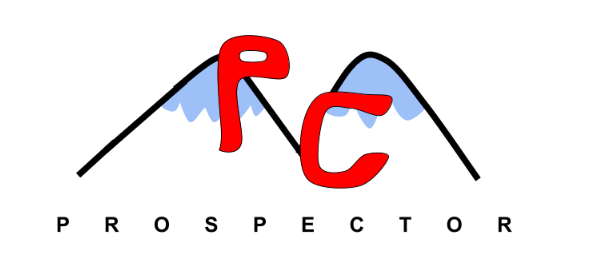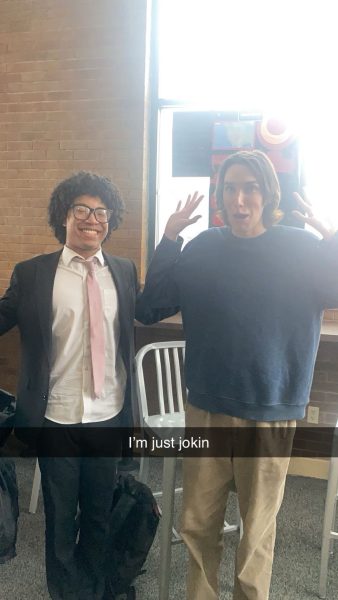Animals Against Humans
The Sad Tale of the Treatment

As the human population grows, the animal population decreases. Anywhere from 100-1,000 species of animals go extinct per year from humans. In the past few months, it’s gotten especially bad; a Sperm Whale was found dead full of 13 pounds of plastic, rhinos have been and are continuing to be poached for their horns. How bad does it have to get for it to stop?
Sperm Whale
Approximately 8 million pieces of plastic find their way into the oceans every day, while every minute a garbage truck full of these plastics is dumped. Today, around 5.25 trillion pieces of plastic are floating in the open ocean right now.
On November 19th, a 31 foot long dead sperm whale was found washed ashore Kapota Island in Southern Indonesia. Inside was 1,000 pieces of plastic, in total, 13.2 pounds.
The trash included: 115 drinking cups, plastic bottles, flip-flops, more than 1,000 pieces of string, and 25 plastic bags. Sperm whales are listed under the Endangered Species Act.
In the world, China is ranked number one of the top 20 worst polluters of plastic into oceans, Indonesia coming in as a close second.
This isn’t the first time an event like this has occurred. Last June, rescuers tried to revive a dying Pilot Whale found washed ashore. After a failed attempt, an autopsy showed the whale had 17 pounds of plastic in its stomach.
Back in 2017, Green Peace made a Sperm Whale replica, unveiled on the beach of Cavite, South of Manila. This installation depicted a dead whale, choked to death by plastics. The reason for this was to show people how much plastic we have been putting into our oceans and the outcomes of this ocean pollution.
It all starts with us. Measures have already been taken in our schools, as students, it has become very apparent that there have been many plastic recycling bins placed around the school. This was arranged by Ms. Mckenna, an environmentally friendly teacher, who hopes it will make a small but impactful difference.
Ms. Mckenna teaches biology, anatomy, and earth science. She is very passionate about the environment and always tries to be eco-friendly. Plastic waste is a massive problem in the Park City school district. Ms. Mckenna and Ms. Mooney, along with the help of the PC Conservation Council are making Holiday trees out of the plastic these bins collect. These trees will show everyone how much plastic the district goes through, and how much thrown away plastic PCHS has accumulated over a short period of time.
When asked what to do about the plastic in our oceans, Ms. Mckenna responded with;
“I think limiting the unnecessary use of plastic, of course, plastic is really important for a lot of things, especially medicines, but I think we could definitely limit the use of things like plastic water bottles, containers, things like that.”
As of now, it’s on track for it to get worse. Little things like the plastic bag ban, not only in Park City but all around the world are already making a difference.
Whales aren’t the only victims of human carelessness, hundreds of other animals are affected as well, whether they be in or out of the oceans. One of the most recent cases to surface awareness, are the rhinos being poached for horns.
Rhinos
Poachers have been cutting rhinos horns for a while, only now has it gained attention on social media from social media activist, Sam Kolder. Each year, 1,000 rhinos are being killed, and with only 5,000 black rhinos left, Black Rhinos are critically endangered. According to statistics, Balck Rhinos are thought to be entirely extinct within the next 5 years.
Rhino horns have a similar structure to horse hooves and turtle beaks. They are made of keratin, which is a very complex chemical. It’s a fibrous protein forming the main structure in hair, hoofs, claws, etc. The primary purpose of there horns is for proteins and epidermis.
In Eastern countries such as Vietnam and China, it is used for trade. It’s very valuable as there’s been a surge in demand. In China, it’s being used as a traditional Chinese Medicine or an aphrodisiac. In Vietnam, it is valued high in a trade. Once the poachers cut out the horn from the rhino, they leave them unhealed and bleeding, leaving them subject to death.
While a lot is being done, such as non-profit organizations and donations going into saving the animals, there is still so much more left to fix. Some other issues include the clubbing of baby seals in Canada or the killing of Elephants for their Tusks in Africa. Hundreds of animals are going extinct from humans, when will it stop?









